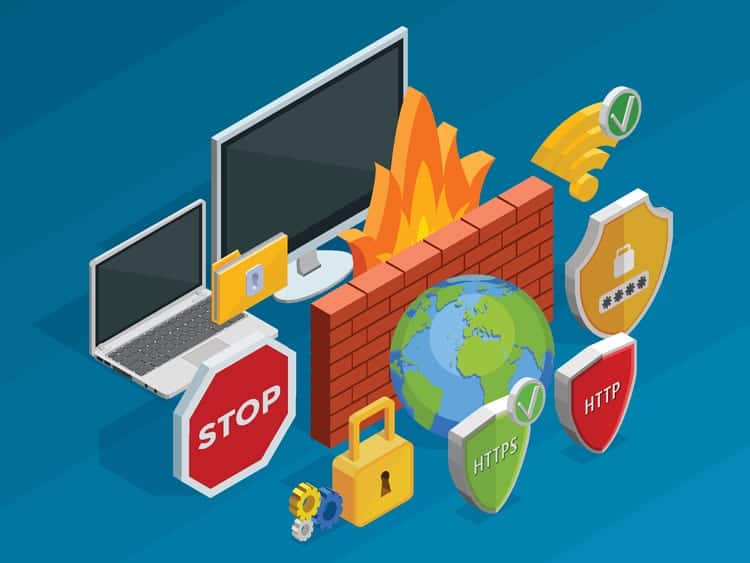
What are IoT devices?
Devices connected to the internet are traditionally called the “Internet of Things.” This terminology differentiates the things that we normally associate with internet connections (smart phones, tablets, computers) with objects that weren’t traditionally connected.
A good example of this is a smart home product – smart security systems. Advanced security systems connect sensors, lights, and door locks to a home network, which is then connected to the Internet. Since these devices are connected to each other via the internet, the homeowner has a new level of control over the system.
- The items in the system can work together in a coordinated fashion. They can be set on a timer to turn lights on and off during certain times or connect locks with internal or external monitors.
- The entire system can be managed through a remote device, like a smartphone app, that lets the homeowner turn the alarm on and off remotely, turn on the lights, control your heating and air conditioning or control digital cameras at certain locations in the home.
What makes these devices IoT devices is that they provide data on their operating environment and condition and allow users to interact with them using that up to-date information.
These kinds of smart devices are now expanding into more luxury items like personal assistants and speaker systems. Amazon Echo, Google Home, or Apple’s Siri assistant all serve as examples of how devices are increasable integrated into the internet in order to provide smart support for our lives.

Securing your IoT Network
So, if you are running a network of devices, make sure that you maintain the security of that network at the level of the network. This starts with some basic steps.
- Audit all devices. Make sure that you know exactly what computers and objects are connected to your network. That means knowing their network names and hardware information. This also means getting familiar with your router firmware. Modern routers are accessible through a web browser connected to your home network, so consult with your ISP to determine how to access your router and check who is on the network.
- Secure your network. There are simple and complicated ways to this.
Simple: Know your router name and make it something indistinct so it doesn’t attract attention from snoopers. Make the password long, complicated (with numbers, letters, and special characters) and unrelated to common words in the dictionary.
Dedicated: Get a network-level firewall that you can administer from a home computer. Firewalls block incoming traffic, only allowing what you let in and notifying you about attempts to connect to network-connected devices. You want a firewall that is simple to manage, with easy settings, and that has a simple interface. More likely than not, you want a professional IT outfit to help you set it up.
- Disable unneeded features. Some internet-ready objects come with a whole list of optional settings. Make sure that you follow the instructions on the device to disable any functions that you don’t need or want.
- Update software and firmware. Most internet-enabled objects will also update themselves when needed, so that they include all of the latest security features available. Make sure that all your computers and devices are up to date.
Get Professional Help to Keep Your Home Network Safe
We can’t stress enough that, as technology and home IoT projects become more common, that you consult with IT security experts for the protection of your data. It isn’t as simple as setting up a router any more… with more advanced attacks, and with connected devices never made to withstand attacks, it is entirely possible that a hacker can access your sensitive data through a completely innocuous IoT device like digital lights or a personal assistant.
At Bristeeri, we not only sell the tools necessary to keep these systems protected, but we employ a staff of security experts and IT technicians that can help you make sure that your protective measures are actually working how they are supposed to.
No matter what direction you take with your home IoT network, however, make sure that you are taking that direction with security in mind.
